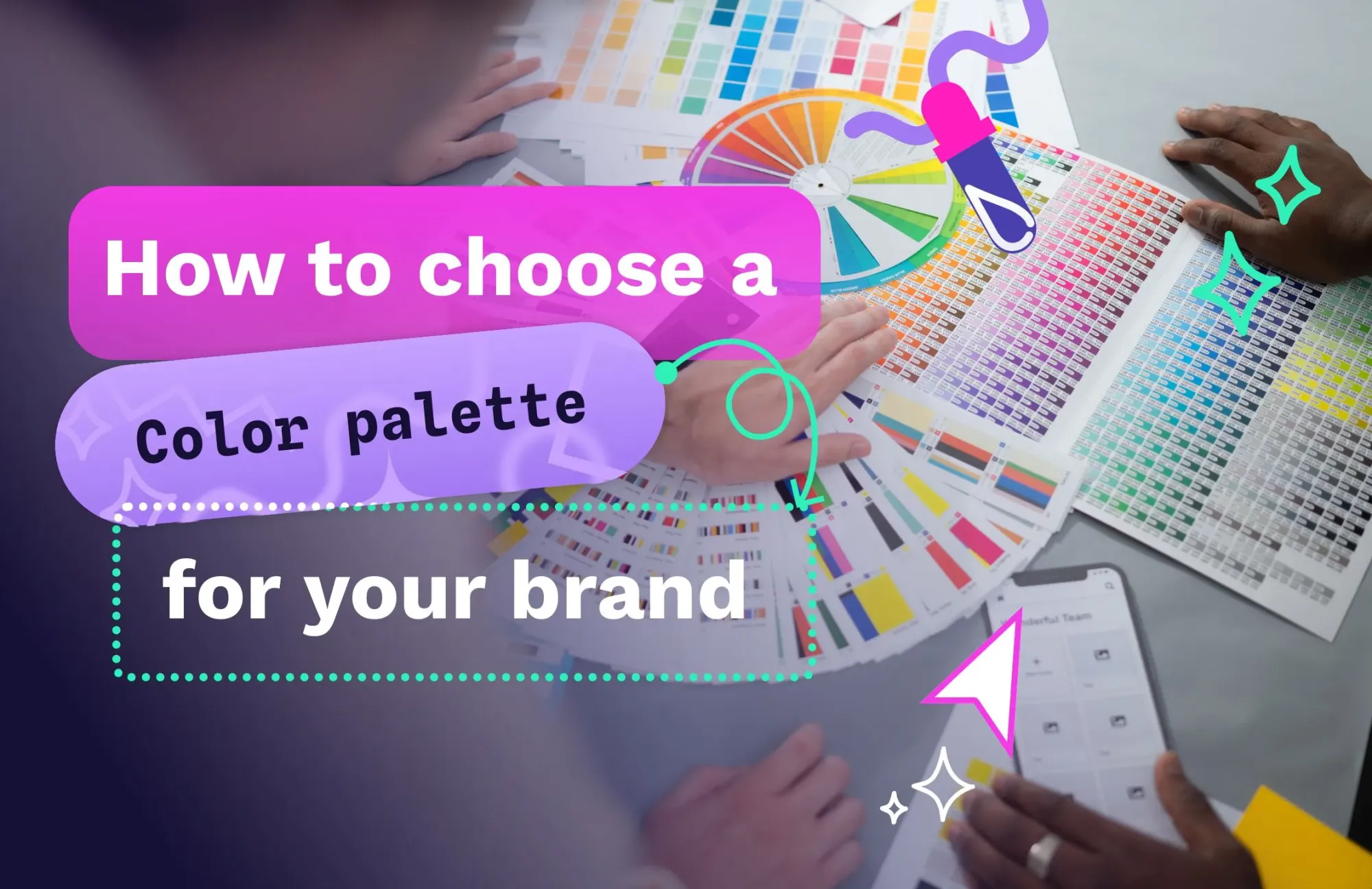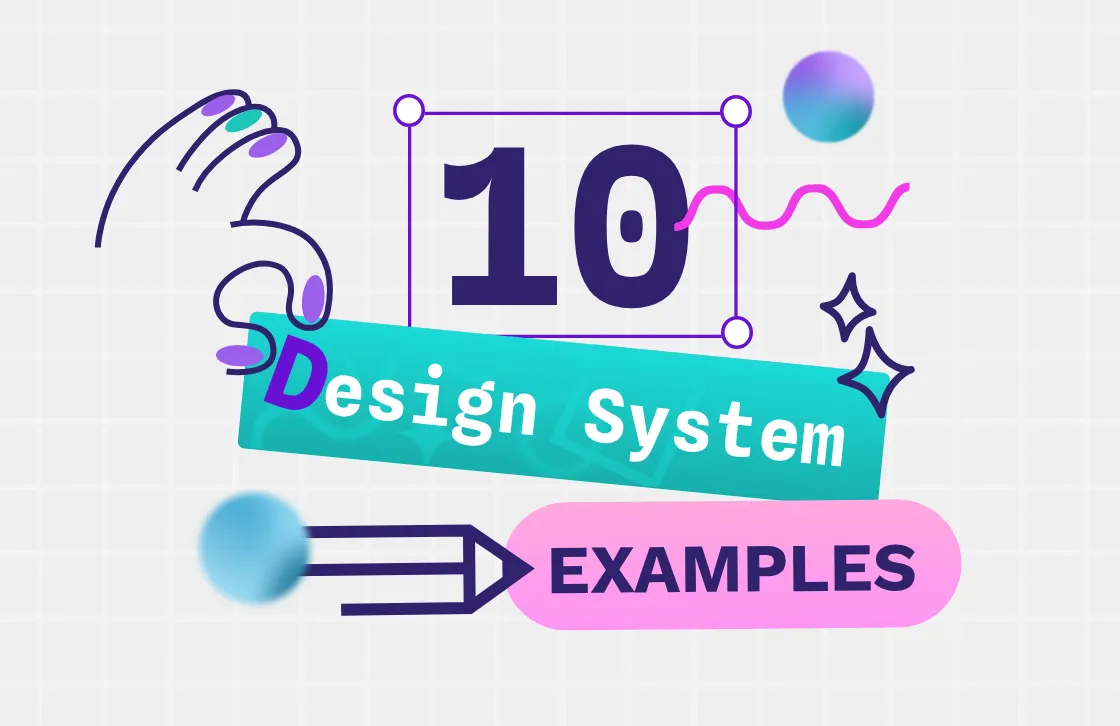How to build a memorable brand identity
When you think of iconic brands, a few instantly come to mind: the golden arches of McDonald's, the sleek simplicity of Apple. These companies have mastered the art of brand identity, crafting visual and emotional connections with consumers worldwide.

When you think of iconic brands, a few instantly come to mind: the golden arches of McDonald's, the sleek simplicity of Apple, or the distinctive red and white script of Coca-Cola. These companies have mastered the art of brand identity, crafting visual and emotional connections with consumers worldwide.
Do you wish customers also recognized your brand everywhere? Are you unsure how to create the “look” that helps you stand out from competitors?
The answer to both of these issues is a strong brand identity. Design teams should revisit a brand identity regularly to ensure it meets their expectations.
The process for creating a brand identity is the same whether you’re a new brand or a heritage brand that wants to freshen up your existing vibe. We explain how to create a memorable brand identity using established industry best practices and free design tools you can access today.
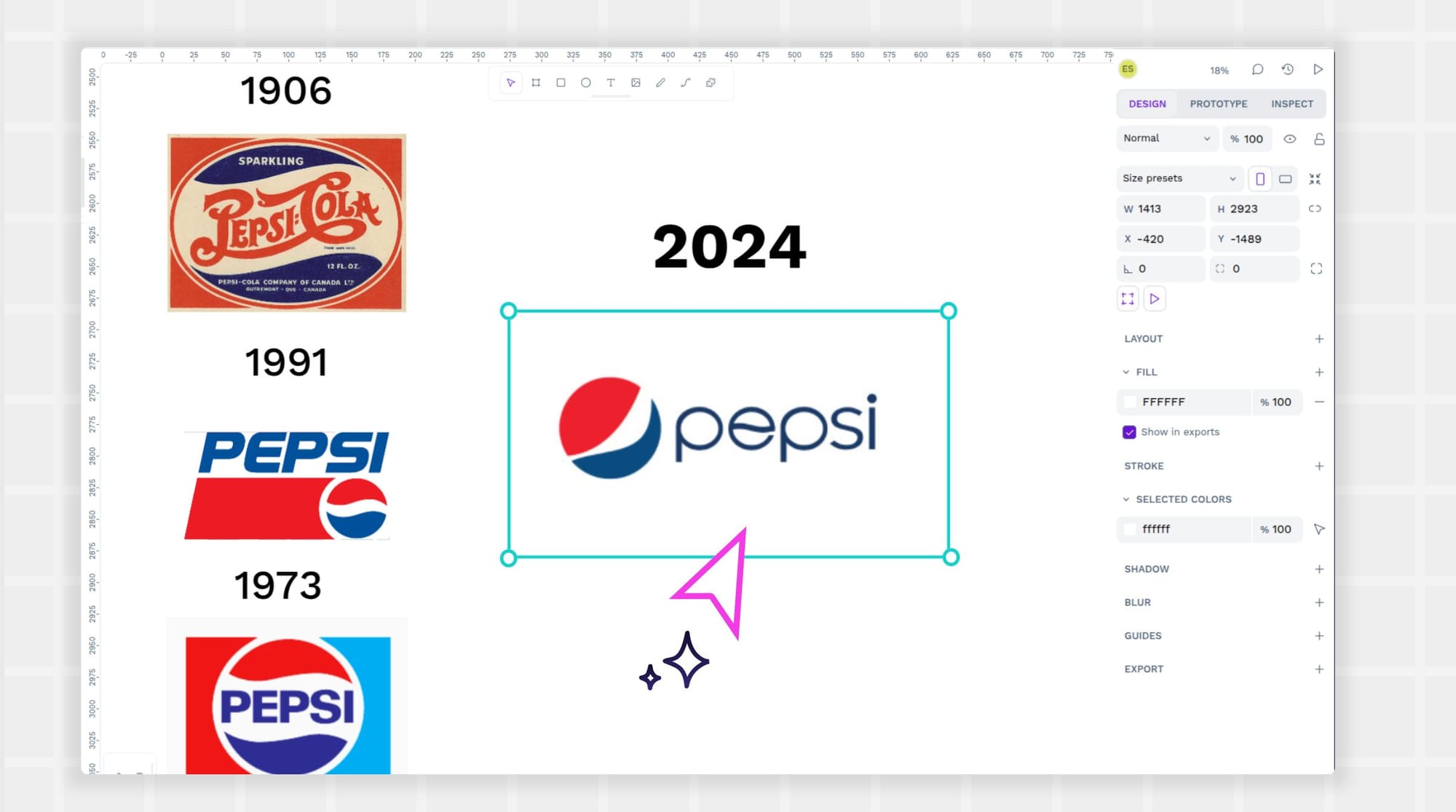
What is brand identity?
A brand identity is the collection of elements a company or organization uses to display itself to its intended audience. It can include visual (logo, color palette), verbal (tag lines), and even musical (advertising jingle) elements.
Brand identity differs from branding, which is the process of shaping and sharing a brand’s message. Think of brand identity as how a company wants to be viewed by customers. It’s an extension of its mission and values and uses branding to get the word out about what the company offers.
It’s also different from brand image, which is the customer’s perception of a brand. A company can have a preferred brand identity that it strives for, but it may fall short and end up with a completely different brand image. An example may be a high-end clothing brand that uses the wrong color palette or font and gets mistaken for a children’s clothing line.
The right brand identity should showcase your brand’s ideals and goals but also needs to align with customer expectations. Brand identity can’t be separated from brand image. It’s important and can make or break a brand.
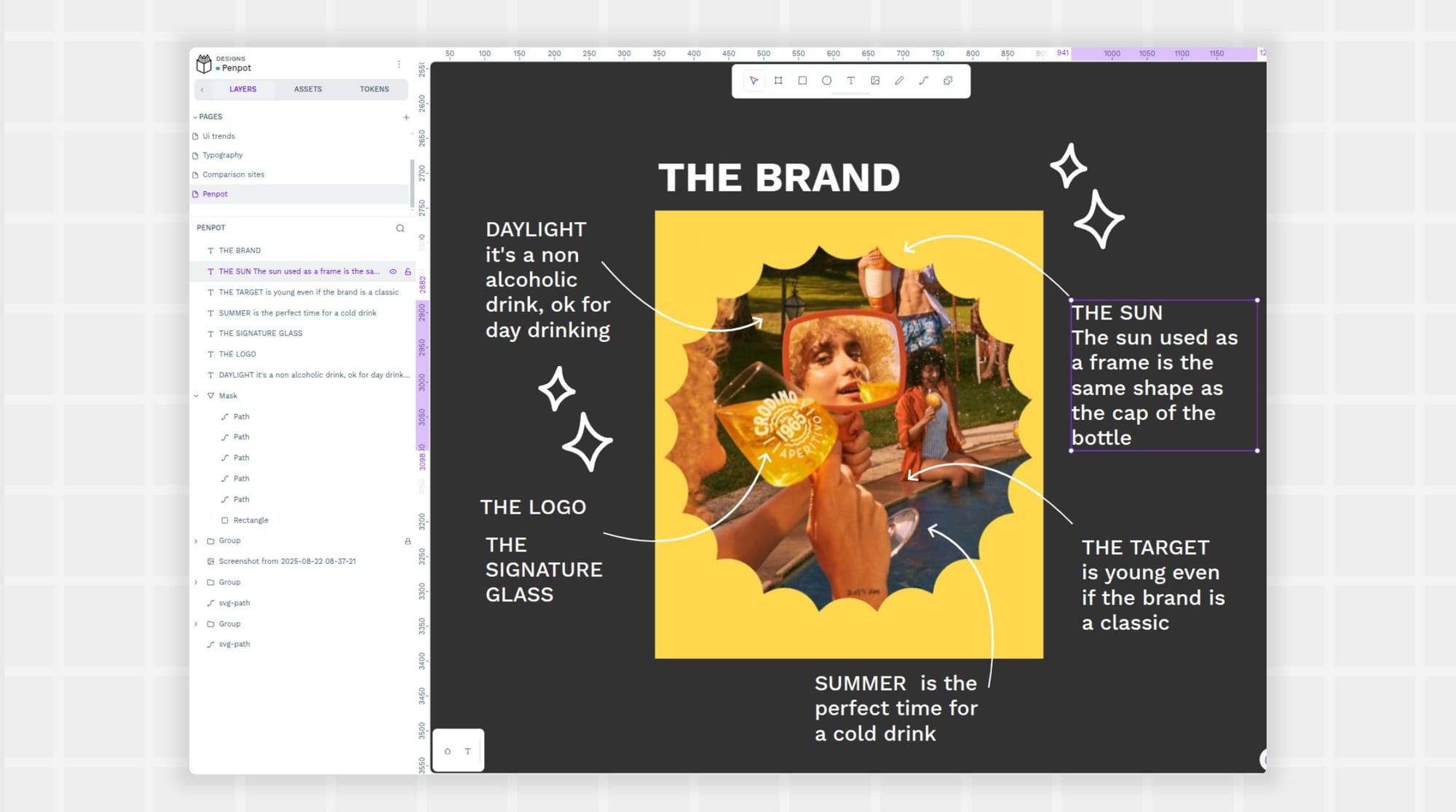
Why is brand identity important?
Companies can’t control every aspect of brand image. However, they can make intentional choices about their brand identity to improve recognition, trust, and customer loyalty.
Impact on brand recognition
Brand identity helps customers identify and remember you in a sea of competitors. All of the great brands like Pepsi, McDonald’s, Apple, Nike, and Pringles have unmistakable logos and colors that stand alone even without their brand name. Even if your company never gets that big, it’s still smart to create recognizable brand assets from the start and stick with them if possible.
Why? It’s been a few years since Tropicana tried to revamp its look, but it ended up confusing customers and losing sales. (Customers couldn’t easily find their favorite juice products on store shelves.) This tweak in carton design had a significant ripple effect and became a lesson for other brands looking to fix what’s not really broken.
Another recent example is Walmart’s logo, which was modernized so subtly that consumers weren’t sure what had changed. The company’s public announcement of the revamp didn’t connect with social media users, but the brand did stay true to its original brand identity. Finally, Kellogg’s recently underwent a rebrand, which was designed by the amazing studio Landor. Landor modernized Kellogg’s look by keeping the rebrand simple and focused on its main values and elements.
For instance, Landor took the “OG” from the Kellogg’s logo and used it to emphasize that, despite many copycat cereals on the market, Kellogg’s is still the undisputed original. They also used the iconic cereal’s shape and incorporated it in a custom font and other visual elements to really make this design unique to Kellogg’s.
Influence on trust and loyalty
Every brand interaction affects the customer relationship, which can build over time to become trust. Brand identity can help cultivate this in two ways.
First, many of the decisions made in creating brand identity (such as mission statements or values) can play out in interactions with customers and help cultivate that relationship. Customers like to know what drives brands. They are more likely to trust a brand that shares their values and openly communicates this in their marketing efforts.
Second, every good interaction with a brand builds affinity. So, when a customer sees a color scheme or logo during a positive interaction, they associate it with something positive. Then, when a customer encounters that brand color, logo, or message again, there is already some credibility to work from — and perhaps an emotional connection.
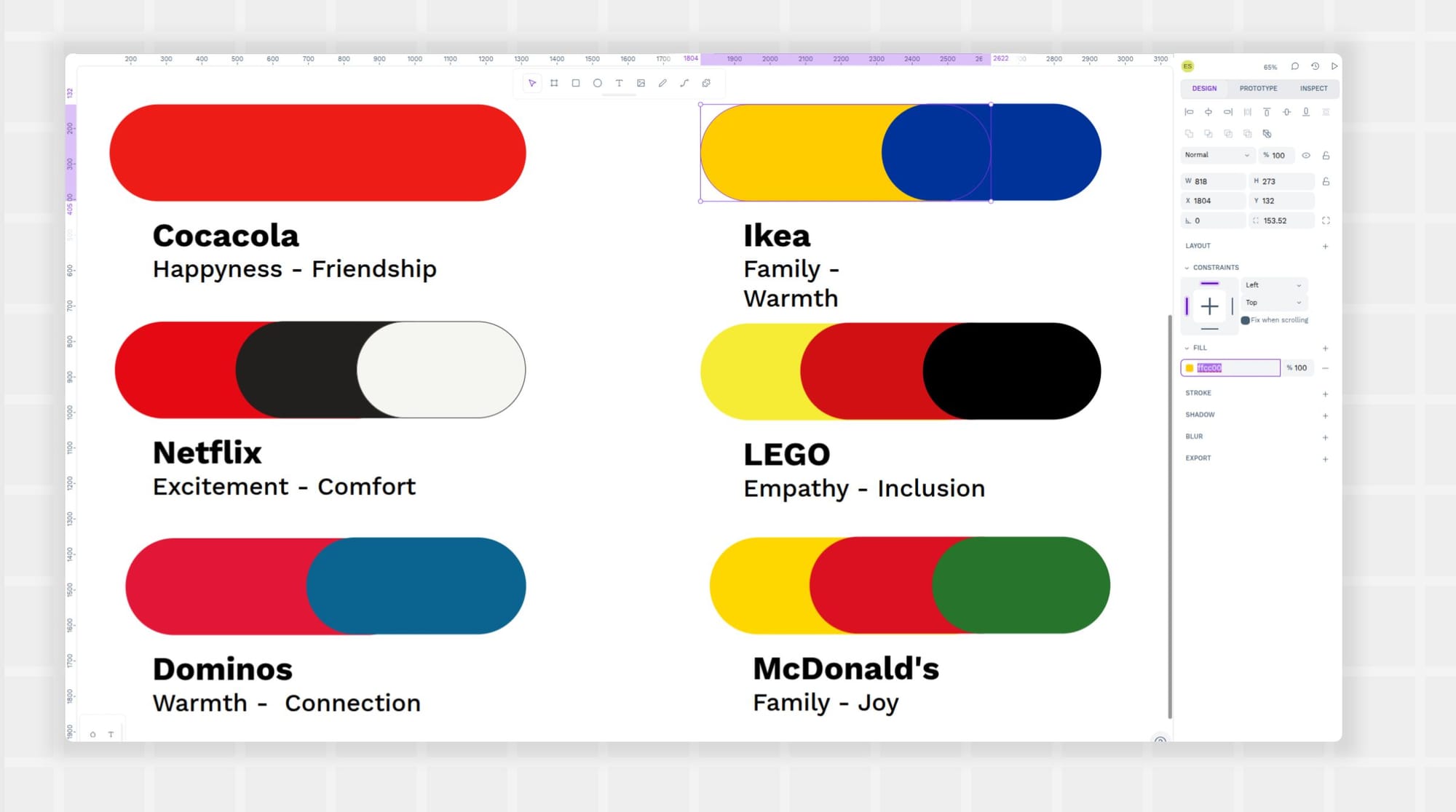
Components of a strong brand identity
A brand identity comes from many design and marketing choices, but these are generally recognized as the core components.
- Logo: Consider this the visual shorthand for your brand. Customers should see it and know the company it represents. It must be truly unique to your company and distinct from competitor logos.
- Color palette: Color is one of the best ways to evoke emotion and create strong brand associations. It communicates your brand ideals in the absence of logos and can tie together your messaging so customers know it came from you.
- Typography: The font, size, and color of your text tell customers a lot about your brand personality and character, which may be playful, formal, or classic. The right typography helps you clearly communicate to a range of audiences on various platforms, using accessibility best practices.
- Imagery: Rich visual elements help tell your brand story and communicate when words fail. Choose images consistent with your brand identity, such as nature images for sustainability. It reinforces your values across touchpoints, making it easier for customers to get to know you without reading anything. It is important to have a well-defined photographic style for your ads, a custom set of icons that matches your other graphics, and, in some cases, an illustration style that can be easily replicated but also consistent and unique.
- Tone of voice: Both written and spoken communication use tone to indicate urgency, formality, and even authority. Decide on your brand’s preferred tone and use it in every customer interaction to better connect with the audiences.
Many of these components get created as part of a brand kit. Companies use brand kits to share their chosen tone, logos, colors, etc., with internal creatives, stakeholders, and external agencies. These kits ensure everyone who makes things for the company does so consistently.
How to build a memorable brand identity
A brand identity has many components — it can be difficult to know where to start or how to prioritize. These steps help clarify the project tasks and can be used to create a brand identity from scratch or rebrand an existing one.
1. Define your brand’s mission, vision, and values
Ben & Jerry’s openly shares its vision and values, offering playful messaging about often-serious social topics. Customers know exactly what they stand for and offer to the marketplace, in part, because of a strong brand identity.
Your company has likely already established one or some of these elements. If not, use these questions to define them.
For brand mission:
- What does your brand do?
- Who does it serve?
- How does it accomplish its goals?
- What value does it provide?
Combine the answers into one statement that explains why you exist. Make sure this mission statement is precise and showcases your value to the customer.
For brand vision:
Envision where you’ll be in five to twenty years, especially if you accomplish all of your stated goals. What’s possible if you can achieve anything?
Create a statement that clearly describes your impact on your customers, local community, and the world. Be sure it’s aspirational yet achievable and something that sets you apart from competitors.
For brand values:
This statement incorporates the ideals you hold most dearly with the actions you hope to take. Think, “Why do we do what we do?” and assign value terms to your answer.
For example, what beliefs or principles drive your company to continue every day? How do you see those played out in everything you do? Communicate this in a way that customers will understand and also find genuine. Avoid using buzz-worthy terms that seem in style but don’t clearly explain your motives.
2. Research your target audience and competitors
Yes, your brand identity is about you, but it’s also about your customers. Connect with your intended audience to learn from them. Research who they are and what they want so you can make informed design decisions from the start (and avoid some costly missteps).
Research things like demographics, purchasing behaviors, and how they like to interact with brands. (Are they primarily digital? Or do they love the touch and feel of products in-store?) Your marketing team can conduct surveys or interviews to find the answers you need.
Likewise, it’s helpful to get under the hood of your competitors to find out what they offer and how you may fill in any gaps. Check reviews to see how they compare and what market opportunities exist for you. Existing market research can come in handy here; just be sure to include questions about their choice of companies, whether they’re satisfied, and what can be done — if anything — to improve their experiences.
With both customer and competitor research done, try doing a SWOT (Strengths, Weaknesses, Opportunities, and Threats) analysis. This simple but effective marketing report narrows down opportunities and pain points so you can create a brand identity with your ideal customer in mind.
3: Design your visual identity
Now that you have an idea of how to connect to your customers, you’re ready to make some design components. Whether you start with your logo or colors first is up to you, but we’ve put together some resources to help you start strong.
- Color palettes and libraries video
- How to choose a color palette guide
- Text and typography tutorial
- How to create and share components with your team
(Be sure to check out our free libraries and templates for additional inspiration and to save time.)
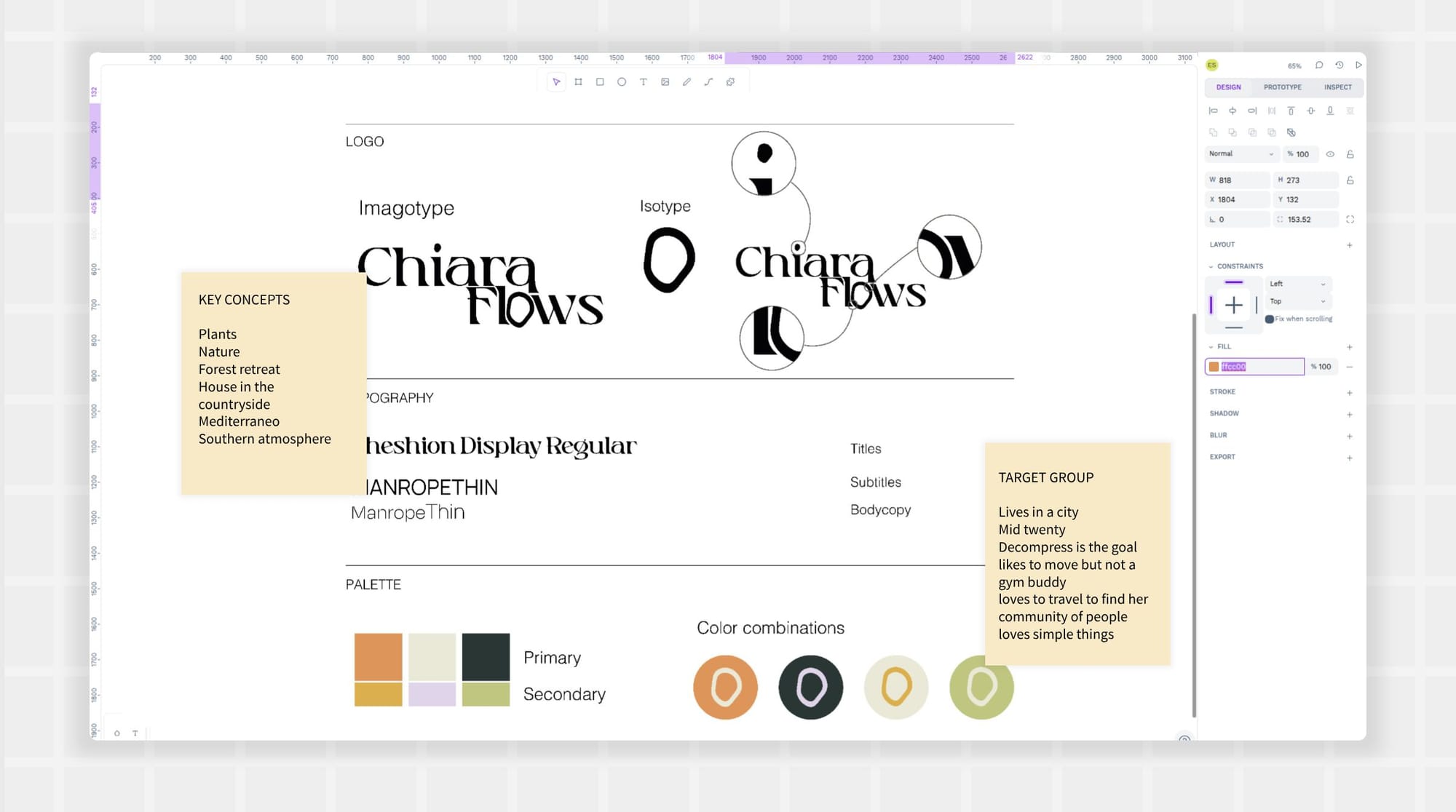
4: Establish brand guidelines for consistency
As you finalize parts of your brand identity, track what you create and keep it in a shared location for everyone to access. Putting elements, colors, fonts, and brand messages in a common library, such as a design system, keeps it all together and encourages consistency. Penpot’s design layouts also convert designs into CSS code, so when it comes time to use these brand elements in web pages, there’s no guessing which specific color or typeface to use.
Not sure where to begin? We’ve shared how to create a design system from scratch and even offer some design systems best practices.
5. Test and refine your identity
It’s hard to quantify how brand identity contributes to company success. Check in regularly to see how customers receive your messaging. One approach is to gather feedback through formal surveys, but you can also ask your audience through more engaging, real-time methods, such as an Instagram poll. A/B testing of different images, logos, and web designs can also give you workable data. Customers who engage more with one design option may be more likely to interact with your brand on other platforms, too.
When you’re not formally soliciting feedback, listen to what customers say in ongoing organic conversation. Monitor social posts and take customer complaints (or praises) seriously. You may not get exact details on what you’re doing wrong, such as using the wrong shade of blue, but you can get a general idea of whether you’re meeting expectations or even confusing your fans.
Tools and resources to create your brand identity
What software should you use to bring your great brand ideas to life? You don’t have to spend a fortune to get high-quality results — use Penpot to create brand assets and maintain consistency. Penpot’s design tools are easy for beginners to use, and the Penpot community often shares ideas for how to integrate them into your workflows.
Inkscape is another essential tool that can help with the graphic design details of typography and logo creation. When you’ve created work you’re proud of, export it in SVG format and import it into Penpot so you can continue using it in your brand designs.
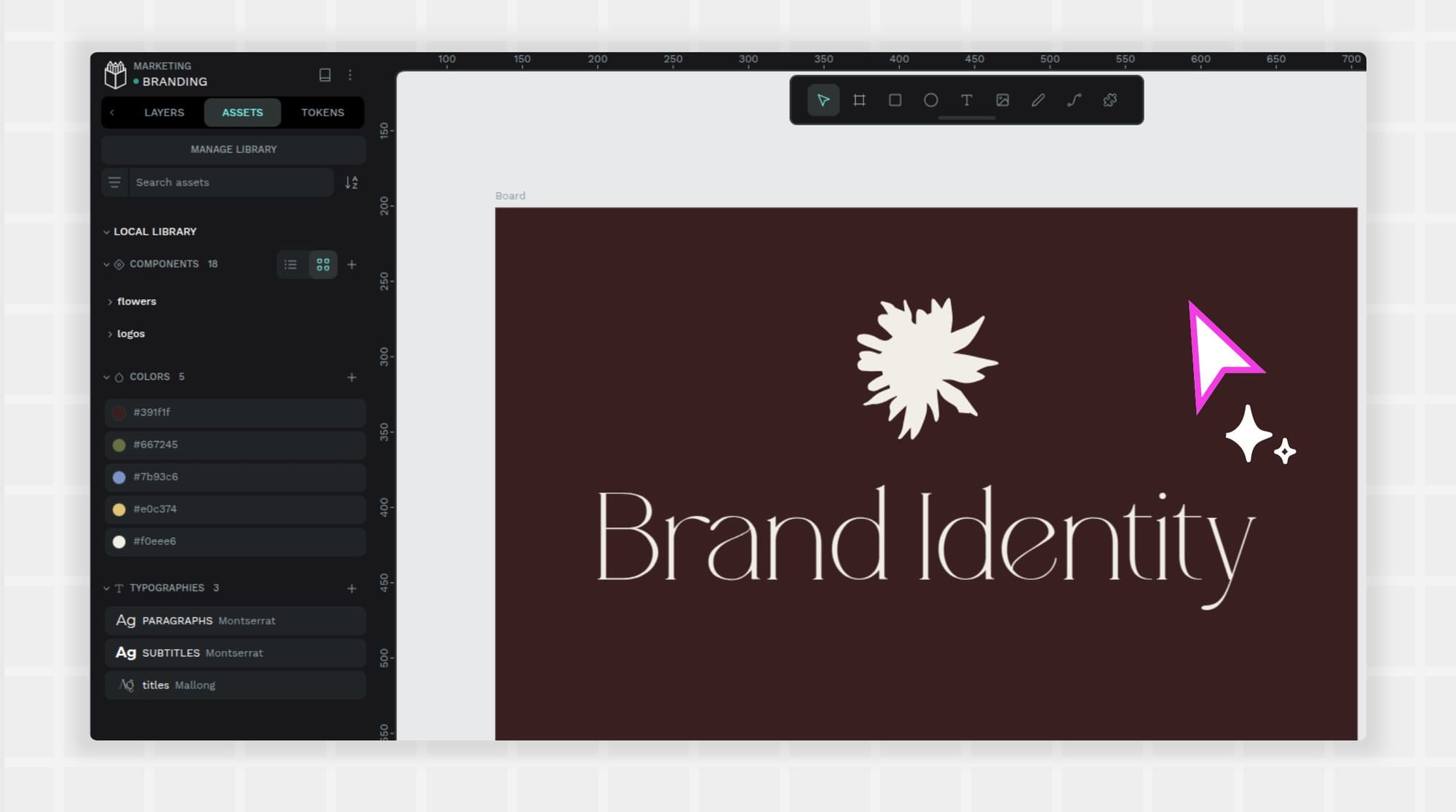
Create a standout brand with Penpot
Whether you need to create brand identity components or build an entire design system, Penpot has the tools you need in one cloud-based platform. You can use it to design your logo, upload your preferred color palette, and even share custom fonts as part of a shared library.
Penpot empowers teams to collaborate at every step of the process. Experiment with different colors, typography, and shapes; the SVG-native functionality even gives you advanced control over assets you’ve exported from other design tools.
Ready to share your brand identity with the world? Sign up for a Penpot account and get started in minutes.
Related Blogs
We have more blogs about branding and many other design topics. Here’s a few examples of articles to help you get inspired:

